Data Analyst Vs. Business Analyst: What Are The Key Differences
4.9 out of 5 based on 10575 votesLast updated on 28th Oct 2024 15.6K Views
- Bookmark

Discover the key differences between Data Analysts and Business Analysts, from skills and tools to roles, responsibilities, and career paths.

Organizations rely heavily on professionals who can interpret data to make informed decisions. Two of the most sought-after roles in this landscape are Data Analysts and Business Analysts. While both positions focus on utilizing data to drive business outcomes, they serve different functions within an organization. Understanding the key differences between these roles is crucial for those considering a career in this field. Explore the distinctions between Data Analysts and Business Analysts, highlighting their responsibilities, skills, and the training available through a Business Analytics Certification Program.
Data Analysts and Business Analysts
Before diving into the specifics, let’s briefly define the roles of Data Analysts and Business Analysts.
- Data Analyst: Data Analysts focus on collecting, processing, and analyzing data to identify trends, patterns, and insights. Their work is primarily technical and involves utilizing various data analysis tools and methodologies.
- Business Analyst: Business Analysts, in contrast, focus on understanding business needs and problems, working with stakeholders to propose solutions that align with business goals. Their role often involves project management and bridging the gap between technical teams and business units.
Differences Between Data Analysts and Business Analysts
1. Focus Area
- Data Analyst: The primary focus of a Data Analyst is on data itself. They delve deep into data sets, applying statistical techniques to extract insights that can inform business decisions. Their work often involves data cleaning, data visualization, and the application of advanced analytics.
- Business Analyst: In contrast, a Business Analyst’s focus is broader, encompassing not only data but also business processes, stakeholder needs, and strategic initiatives. They work to understand the business context and help guide the implementation of solutions based on data insights.
2. Tools and Technologies
- Data Analyst: Data Analysts commonly use tools such as SQL, Python, R, Excel, and data visualization platforms like Tableau and Power BI. Their expertise lies in manipulating and analyzing large datasets to produce actionable insights.
- Business Analyst: Business Analysts often utilize project management and modeling tools such as Microsoft Visio, JIRA, and Trello. They may also use data visualization tools, but their primary focus is on business process modeling and requirement gathering.
Role | Common Tools |
Data Analyst | SQL, Python, R, Tableau, Excel |
Business Analyst | Microsoft Visio, JIRA, Trello, Excel |
A Data Analyst interprets complex data to help businesses make informed decisions. Enrolling in a Data Analyst Course in Noida equips you with essential skills in analytics, visualization, and reporting.
Educational Background and Skills Required
Data Analyst
A Data Analyst typically holds a degree in fields such as mathematics, statistics, computer science, or engineering. Key skills include:
- Statistical Analysis: Proficiency in statistical methods and techniques.
- Programming Languages: Knowledge of SQL, Python, or R for data manipulation.
- Data Visualization: Ability to create insightful visual representations of data.
Note: Python is a versatile programming language used for web development, data science, and automation. Enrolling in a Python Course with Placement ensures hands-on training and job opportunities in top companies.
Business Analyst
A Business Analyst often has a background in business administration, management, or economics. Essential skills include:
- Business Acumen: Understanding of business operations and market dynamics.
- Communication Skills: Strong verbal and written skills to articulate business needs and solutions.
- Problem-Solving Abilities: Aptitude for identifying problems and proposing viable solutions.
Skill Set | Data Analyst | Business Analyst |
Statistical Analysis | Advanced statistical techniques | Basic statistical understanding |
Data Visualization | Expert in creating dashboards | Proficient in visual representation |
Communication | Data-focused communication | Strong stakeholder communication |
Note: A Data Engineer designs, builds, and manages data pipelines for analytics and AI. Enrolling in a Data Engineer Course With Placement ensures hands-on experience and career opportunities in this high-demand field.
Responsibilities of Data Analysts vs. Business Analysts
Data Analyst Responsibilities
- Data Collection: Gather data from various sources.
- Data Cleaning: Prepare data for analysis by removing inaccuracies.
- Data Visualization: Create dashboards and reports to present findings.
- Collaboration: Work with data scientists and IT teams to understand data needs.
Business Analyst Responsibilities
- Business Process Analysis: Analyze existing processes to identify improvement areas.
- Solution Proposals: Develop and present solutions to meet business needs.
- Project Management: Oversee projects from inception to implementation.
- Documentation: Create business requirement documents and process maps.
Criteria | Data Analyst | Business Analyst |
Primary Role | Analyzes data to extract insights | Identifies business needs and proposes solutions |
Focus Area | Data trends and statistical findings | Business processes and stakeholder requirements |
Collaboration | Works with data teams | Collaborates with business units and stakeholders |
Note: Power BI is a powerful business intelligence tool for data visualization, analysis, and reporting. Enrolling in a Power BI Course in Noida helps professionals master dashboards, DAX, and real-time analytics.
Career Path and Growth Opportunities
Both roles offer promising career paths, but the routes can differ based on individual interests and skills.
Data Analyst Career Path
Data Analysts can transition into specialized roles such as:
- Data Scientist: Advanced analytics, machine learning, and predictive modeling.
- Business Intelligence Analyst: Focused on data visualization and reporting.
Upskilling: Enrolling in a Business Analytics Certification Program can provide Data Analysts with essential business skills, enabling them to take on more strategic roles.
Tips: Power BI is a powerful business intelligence tool for data visualization and analysis. Earning a Power BI Certification enhances skills, helping professionals create insightful reports and dashboards for better decision-making.
Business Analyst Career Path
Business Analysts can advance to positions such as:
- Project Manager: Overseeing projects and ensuring successful implementation.
- Product Owner: Leading product development and strategy.
Upskilling: A Business Analytics Online Course can help Business Analysts gain a deeper understanding of data analytics, enhancing their ability to drive business solutions.
Salary Comparison and Job Demand
The salaries for Data Analysts and Business Analysts vary by location, industry, and experience level.
Role | Salary Range (Entry-Level) | Salary Range (Mid-Level) | Salary Range (Senior-Level) |
Data Analyst | $60,000 - $75,000 | $80,000 - $95,000 | $100,000 - $120,000+ |
Business Analyst | $65,000 - $80,000 | $85,000 - $100,000 | $110,000 - $130,000+ |
The demand for both roles remains high as organizations increasingly recognize the value of data-driven decision-making. However, the need for Data Analytics Online Course is particularly rising due to the explosion of data across industries.
Job Demand Growth for Data Analysts vs. Business Analysts (2023-2027)
Tips: Tableau is a powerful data visualization tool used for business intelligence. Enrolling in a Tableau Course in Delhi helps professionals master data analysis, dashboards, and reporting for better decision-making.
Tools and Technologies Used by Data Analysts and Business Analysts
Both roles utilize various tools and technologies, but their focus varies significantly.
Role | Tools/Technologies |
Data Analyst | SQL, Python, R, Tableau, Power BI, Excel |
Business Analyst | Microsoft Visio, JIRA, Trello, Asana, Confluence, Process Mapping Tools |
Data Analysts leverage tools that help them analyze and visualize data, while Business Analysts use project management and documentation tools to manage and communicate business requirements.
Common Overlaps Between Data Analysts and Business Analysts
While there are clear distinctions between the roles, there are also areas of overlap:
1. Data-Driven Decision-Making
Both Data Analysts and Business Analysts rely on data to inform business decisions. Data Analysts provide insights through statistical analysis, while Business Analysts interpret these insights to recommend actions.
2. Collaboration with Stakeholders
Data Analysts may present their findings to business units, while Business Analysts work closely with these units to ensure solutions meet their needs.
You May Also Read:
Microsoft Power BI Certification Cost
Power BI Course Duration and Fees
Data Analyst Course After 12th
Career Transition Opportunities
Professionals from either field can transition into the other role, especially with the right training and experience.
1. Transitioning from Data Analyst to Business Analyst
A Data Analyst can shift to a Business Analyst role by acquiring skills in business process analysis and stakeholder communication. A Business Analytics Certification can provide essential training in business acumen.
2. Transitioning from Business Analyst to Data Analyst
Conversely, a Business Analyst can become a Data Analyst by developing technical skills in data analysis and statistical methods. Pursuing a Business Analytics Online Course can equip them with the necessary analytical capabilities.
The Evolving Role of Data Analysts and Business Analysts in 2025
In 2025, the roles of Data Analysts and Business Analysts continue to evolve as technology and business landscapes shift. Data Analysts are increasingly leveraging advanced tools like AI and machine learning to process vast datasets, while Business Analysts focus on using data-driven insights to align business strategies with market demands. Both roles are critical, but their skill sets are becoming more specialized, making the distinction between them more pronounced than ever before.
Relevant Online Courses:
Advanced Python Programming Course
Full Stack Data Science Course
Python Course for Data Science
Machine Learning Online Classes
Tableau Online Training in India
Conclusion: Choosing the Right Path
Choosing between a career as a Data Analyst or a Business Analyst depends on individual interests, skills, and career goals. As companies continue to leverage data for strategic advantage, the demand for both Data Analysts and Business Analysts is expected to rise, providing ample opportunities for aspiring professionals.
Whether you're considering enrolling in a Business Analytics Certification or a Business Analytics Institute in Delhi, both can provide valuable skills and knowledge to help you succeed in either role. By understanding the key differences and responsibilities of each position, you can make an informed decision about which career path aligns best with your interests and aspirations.
Subscribe For Free Demo
Free Demo for Corporate & Online Trainings.
Your email address will not be published. Required fields are marked *
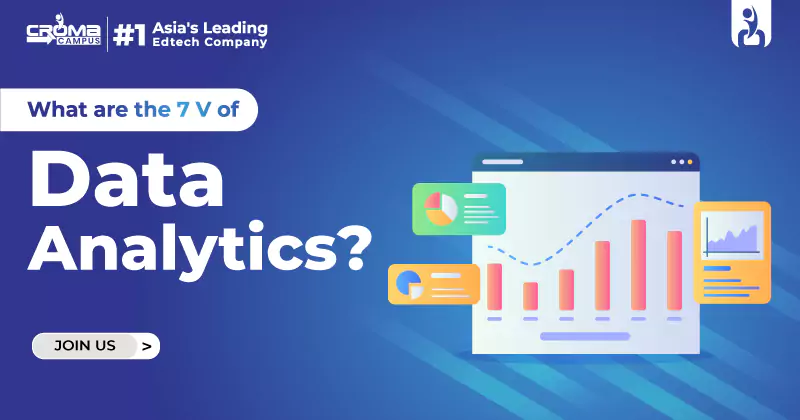
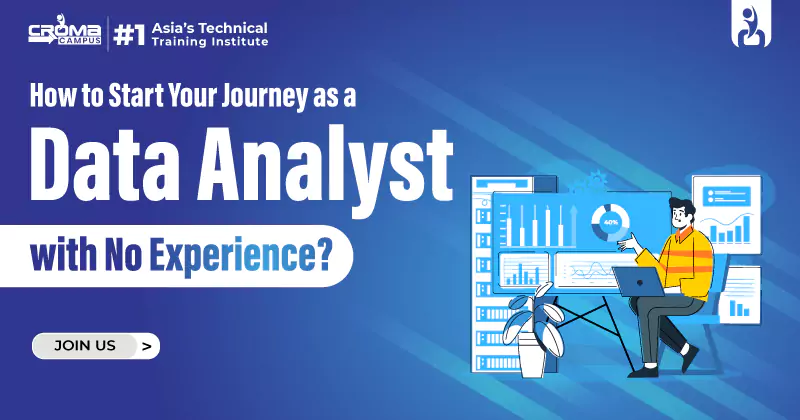
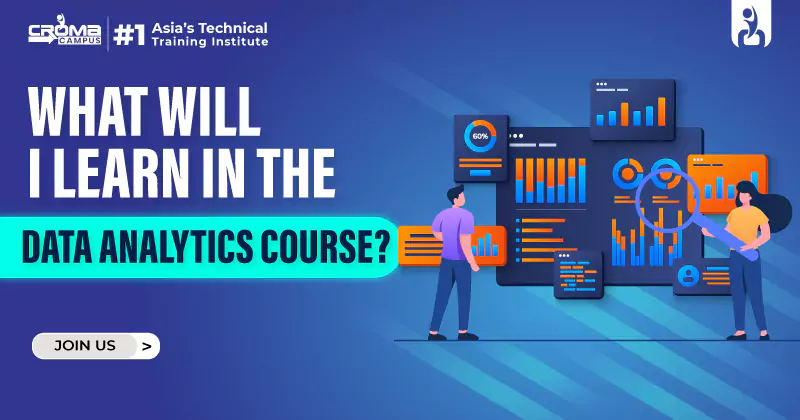
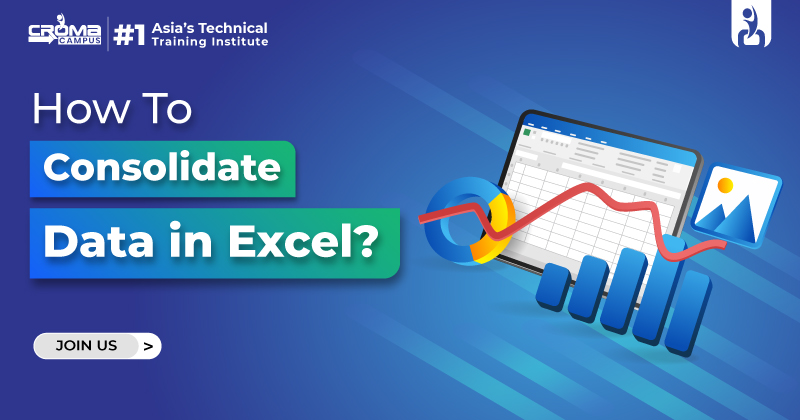
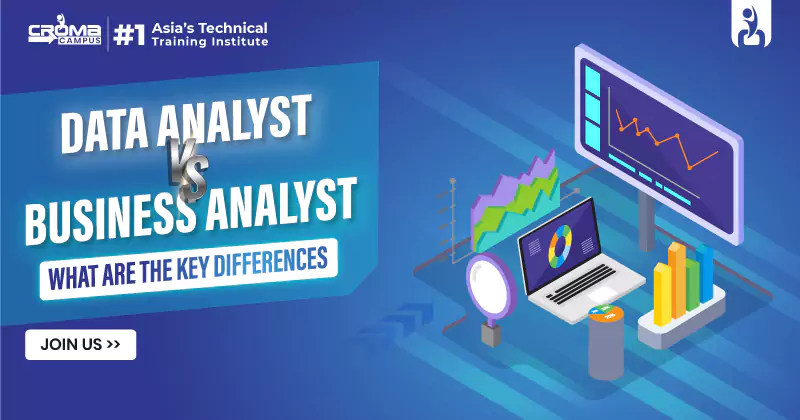
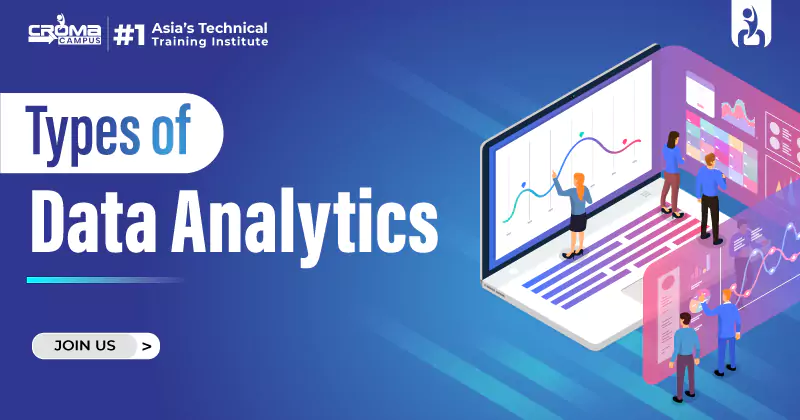
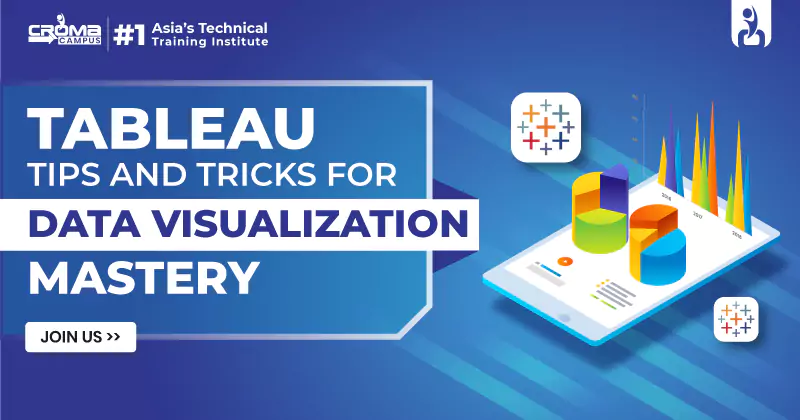
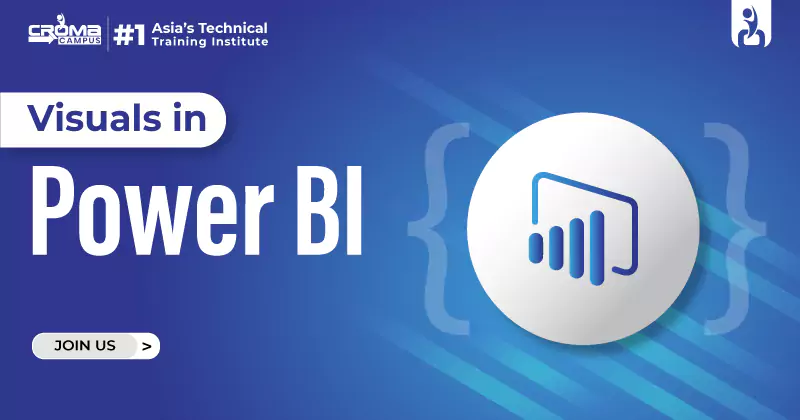

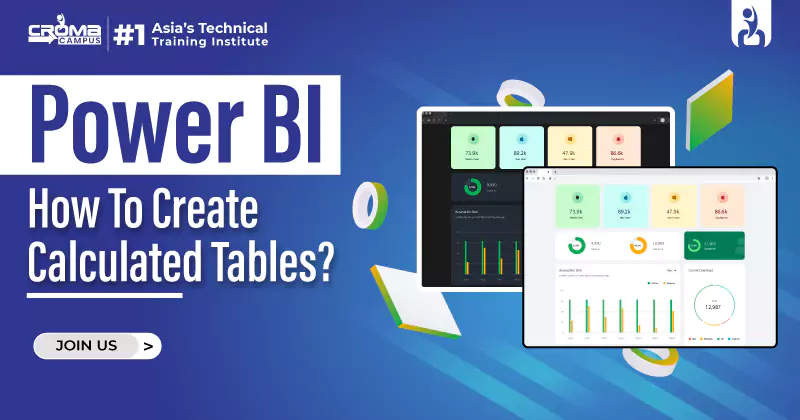











 Master in Cloud Computing Training
Master in Cloud Computing Training